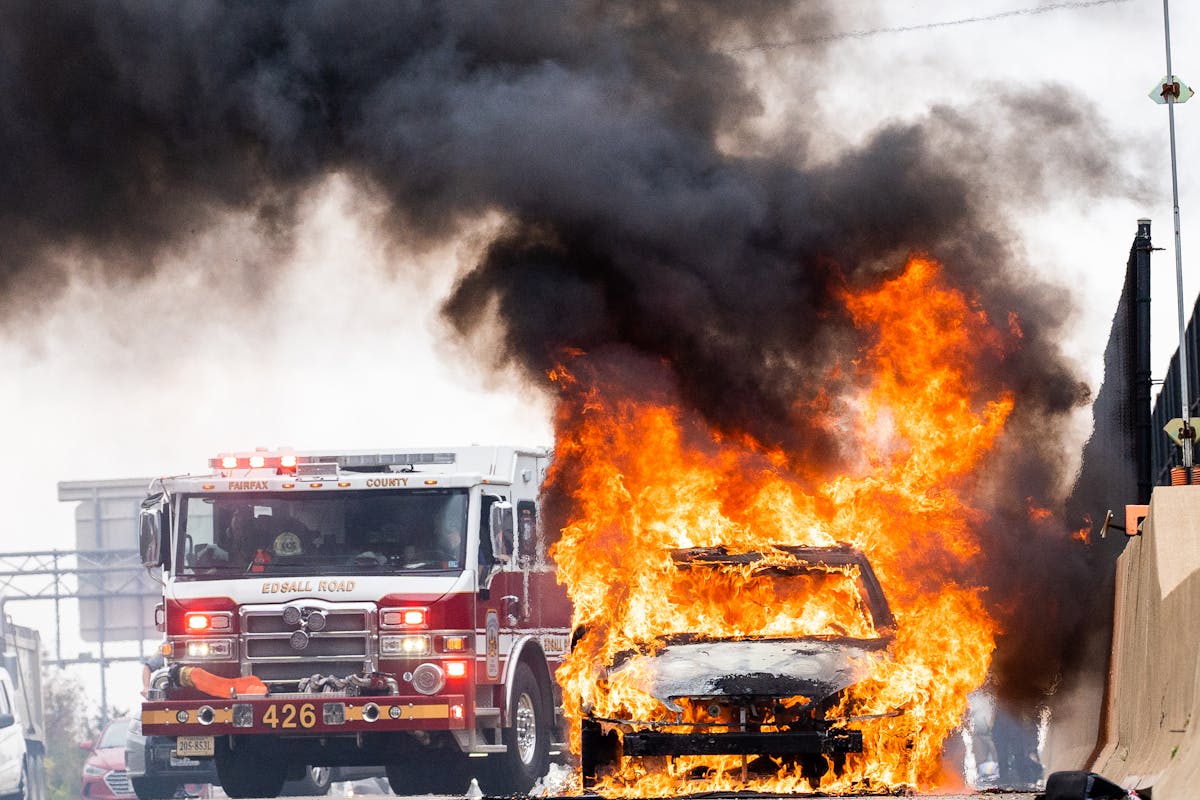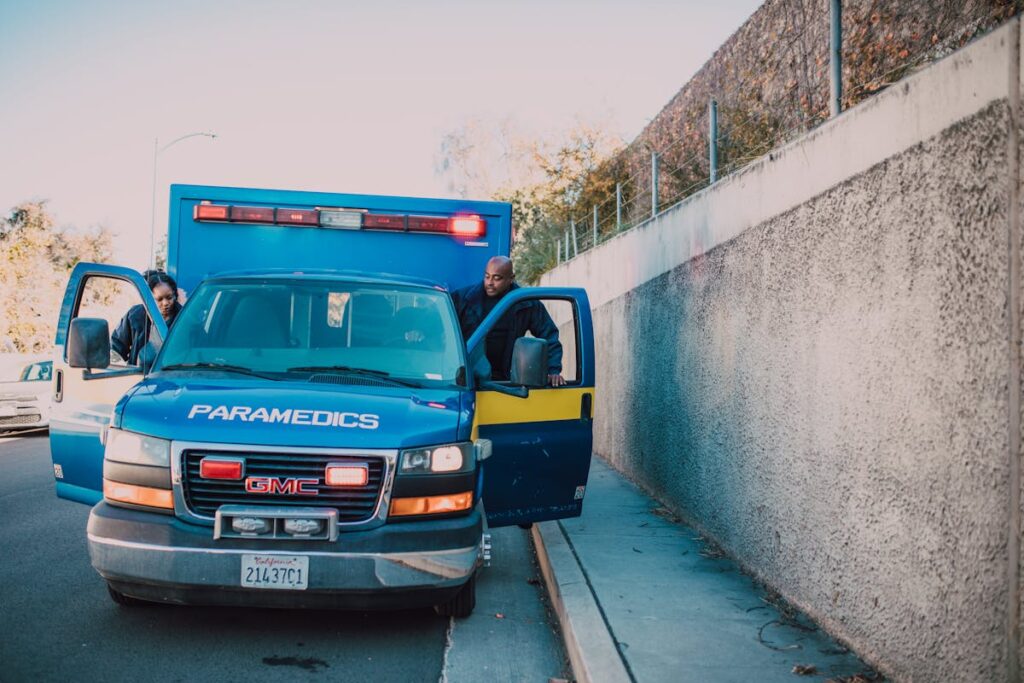In the late 1960s, the advent of the 911 emergency system marked a pivotal moment in public safety, particularly affecting car crash response. Prior to its implementation, emergency communication was fragmented and inefficient, often delaying critical medical assistance. The standardized 911 system centralized emergency calls, ensuring swift routing to appropriate services. This transformation laid the groundwork for significant improvements in emergency medical care, paving the way for further technological advancements and enhanced survival outcomes. How did these changes reshape emergency response landscapes?
The Evolution of Emergency Response Systems
Since their inception, emergency response systems have undergone considerable transformations, driven by technological advancements and evolving societal needs. Initially, emergency protocols were rudimentary, often relying on local community resources and informal networks. The introduction of the 911 system in the late 1960s marked a pivotal shift, standardizing emergency calls and considerably improving response times. As technology advanced, the integration of computer-aided dispatch systems in the 1980s further streamlined operations, enabling faster and more efficient deployment of emergency services. The gradual incorporation of mobile technology and GPS in the 21st century further enhanced accuracy and reduced response times, ensuring that emergency medical services could reach vehicular accident scenes more swiftly. These developments underscore the critical role of innovation in evolving emergency response systems.
Early Challenges in Vehicular Accident Management
In the nascent stages of vehicular accident management, emergency response systems were hampered by limited resources, which impeded timely assistance and effective medical intervention. During this period, communication barriers further compounded the challenges, as uncoordinated dispatch and unclear information flow often resulted in delayed response times. Over time, these initial hurdles prompted significant advancements in resource allocation and communication technology, laying the groundwork for more efficient emergency services.
Limited Emergency Resources
Although technological advancements have considerably improved vehicular safety and emergency response systems over the years, the management of car crash emergencies continues to grapple with the challenge of limited emergency resources. Historically, resource allocation has been a critical concern, with emergency response systems often stretched thin. In the 1960s and 1970s, ambulance services faced significant constraints as urbanization surged, leading to increased vehicular accidents. Emergency funding was insufficient, hindering the acquisition of necessary equipment and training for first responders. Throughout the late 20th century, efforts to improve these conditions included policy reforms and incremental increases in funding. However, despite these strides, the need for efficient distribution of resources remains pressing, as modern-day traffic volumes and accident rates persistently rise.
Communication Barriers Faced
Amid the evolution of vehicular accident management, communication barriers emerged as significant early challenges that hindered effective emergency response. Initially, the absence of a standardized communication system resulted in delays. Language barriers complicated interactions between emergency responders and victims, especially in multicultural regions. By the mid-20th century, the influx of diverse populations in cities amplified these issues, highlighting cultural differences in communication styles and expectations. Misinterpretations often resulted in inadequate assessments of accident severity. During this period, emergency responders lacked training in cross-cultural communication, exacerbating misunderstandings. The 911 system’s introduction aimed to streamline communication, yet initial implementations struggled with these barriers. Over time, targeted training and multilingual dispatcher services gradually mitigated these impediments, improving response efficacy in vehicular emergencies.
The Role of 911 in Streamlining Emergency Communication
The introduction of 911 as a centralized emergency communication system marked a pivotal shift in managing car crash incidents, facilitating efficient call routing by connecting distressed individuals to appropriate emergency services. Historically, fragmented communication channels often delayed response times, but the advent of 911 streamlined these processes, ensuring that calls were systematically directed to local dispatch centers equipped to handle specific emergencies. This evolution in emergency communication has greatly enhanced rapid response coordination, thereby improving the overall effectiveness of ambulance services in critical car crash situations.
Efficient Call Routing
911 emergency call centers play an essential role in efficiently routing calls during car crash emergencies, enhancing the speed and accuracy of response services. Initially developed in the 1960s, these centers revolutionized emergency management by centralizing communication. Prior to this innovation, contacting the correct emergency service was cumbersome, leading to delays in assistance. Over the decades, advancements in technology have further optimized emergency response operations. Modern call centers utilize advanced algorithms and geolocation services, ensuring rapid and precise dispatch of appropriate emergency services to crash sites. This efficient call routing minimizes response times and enhances situational awareness, allowing responders to arrive fully informed. Consequently, this optimization greatly improves outcomes, highlighting the critical role of 911 systems in contemporary emergency management.
Rapid Response Coordination
Building on the foundation of efficient call routing, rapid response coordination plays a vital role in streamlining communication during emergencies. Historically, the integration of 911 services revolutionized emergency management by enabling immediate, centralized contact. This development allowed for a rapid assessment of the situation, ensuring that critical information was relayed swiftly to appropriate emergency responders. Over time, technological advancements further enhanced these capabilities. The introduction of integrated communication systems enabled a coordinated response, linking dispatch centers with emergency medical services, fire departments, and law enforcement. This streamlined process reduced response times and improved the accuracy of resource allocation. As a result, victims of car crashes experience expedited care, demonstrating the essential role of 911 in managing emergency communication effectively and efficiently.

Technological Advancements in Ambulance Services
Over the past few decades, advancements in technology have greatly transformed ambulance services, enhancing their efficiency and effectiveness in responding to car crash emergencies. Initially, telemedicine integration was introduced, enabling paramedics to transmit patient data to hospitals in real-time, thereby facilitating pre-arrival preparations. This innovation marked a significant leap in pre-hospital care. Subsequently, the emergence of drone delivery systems further revolutionized these services by allowing for the rapid deployment of critical medical supplies to accident sites, especially in hard-to-reach areas. Such technological strides have been sequentially adopted, reflecting a broader trend towards leveraging digital tools for improved emergency response. These developments underscore an ongoing commitment to optimizing the logistical and operational aspects of ambulance services in the face of evolving challenges.
The Impact on Survival Rates and Recovery Outcomes
As technological advancements continue to reshape emergency medical services, their impact on survival rates and recovery outcomes in car crash emergencies has become increasingly evident. Historically, delayed response times contributed to high fatality rates. The introduction of the 911 system marked a pivotal shift, enabling rapid dispatch of ambulance services, which greatly improved survival statistics. Over the years, further integration of advanced life support technologies in ambulances has enhanced on-scene care, thereby reducing mortality. Consequently, recovery timelines have shortened as timely medical interventions increase the likelihood of favorable outcomes. Data indicates that regions with optimized emergency services report higher survival rates and accelerated recovery processes, underscoring the critical role of technological evolution in emergency medical care.
Training and Expertise of First Responders
The advancement of emergency medical technologies is paralleled by the increasing emphasis on the training and expertise of first responders. Historically, first responder training has evolved considerably, starting from basic first aid to extensive pre-hospital care. In the 1960s, the establishment of formal Emergency Medical Technician (EMT) programs marked a pivotal shift towards structured emergency medical expertise. The National Highway Traffic Safety Administration (NHTSA) played a vital role in standardizing training protocols. Over the decades, advancements in medical science and simulation technology have further enhanced training, focusing on rapid assessment and life-saving interventions. Today, first responders are equipped with sophisticated skills in trauma care, ensuring timely and effective response in car crash emergencies, which is essential for improving patient outcomes and survival rates.
Public Awareness and the Importance of Quick Action
While technological advancements and expert training are critical in emergency response, public awareness and swift action are equally essential in car crash emergencies. Historically, the introduction of 911 services in the 1960s marked a pivotal shift in emergency response, emphasizing the need for public education on its use. As communities recognized the importance of immediate action, initiatives for community training emerged, teaching citizens to contact emergency services promptly. Over the decades, various campaigns have aimed to increase awareness about the critical first steps following a car crash. These educational efforts have proven to reduce response times considerably. In tandem with technological progress, informed citizenry through public education and community training guarantees that emergency interventions are timely, improving survival outcomes in car crash scenarios.
Future Innovations in Emergency Medical Services
In the domain of emergency medical services, exciting advancements are on the horizon, promising to reshape how car crash emergencies are managed. Historically, emergency response relied heavily on physical presence and immediate on-site intervention. However, technological progress is enabling a transformative shift. Telemedicine integration allows medical professionals to provide real-time guidance remotely, bridging critical gaps when on-site personnel are scarce. This integration began gaining traction in the 2020s, leveraging advancements in communication technology. Concurrently, drone deliveries are emerging as a viable solution for rapid transportation of medical supplies to accident sites. These drones, capable of bypassing traffic congestion, guarantee that life-saving equipment reaches victims promptly. As these innovations continue to evolve, they hold the potential to considerably enhance emergency response effectiveness.
The Global Influence of 911 and Ambulance Systems
Since its inception in the United States in the late 1960s, the 911 emergency call system has revolutionized emergency response protocols worldwide. This influence began with the adoption of similar systems in Canada and the United Kingdom during the 1970s, facilitating rapid response and coordination. By the 1980s, nations in Europe and Asia integrated these emergency protocols, enhancing their medical response capabilities. The 1990s saw increased global collaboration, as countries standardized emergency numbers and protocols, promoting interoperability and efficiency. The 21st century has expanded these efforts, with international organizations advocating for unified systems to address cross-border emergencies. Consequently, the 911 model has become a cornerstone of global emergency services, underscoring the importance of collaboration in life-saving initiatives.
Frequently Asked Questions
How Do I Contact 911 if I Don’t Have a Phone Available?
In response to the question of contacting 911 without a phone, research indicates historical development of emergency signaling methods, such as signaling with lights or audible alarms. Alternative communication options include public emergency phones and alert systems in vehicles.
Are There Any Costs Associated With Ambulance Services After a Car Crash?
Ambulance billing after a car crash often involves costs that insurance coverage may partially or fully cover. Historically, these costs have varied based on region, insurance policy specifics, and changes within the healthcare billing system over time.
Can I Provide First Aid Before the Ambulance Arrives?
Emergency preparedness training recommends providing basic first aid before ambulance arrival. Chronologically, immediate assistance increases survival rates. Research indicates that administering CPR or controlling bleeding can stabilize victims, highlighting the significance of prompt, competent intervention in crash scenarios.
How Do Ambulance Services Handle Language Barriers in Emergencies?
Ambulance services initially address language barriers by deploying emergency interpreters. Over time, they incorporate translation services through technology, enabling more effective communication with non-English speakers. This evolution reflects a commitment to improving emergency response efficiency and inclusivity.
What Should I Do if I Accidentally Call 911 During a Car Crash?
Upon realizing a mistaken call to 911, individuals should immediately inform the dispatcher of the error. Emergency protocols typically involve verifying the caller’s safety and situation to prevent unnecessary resource deployment during car crash incidents.

